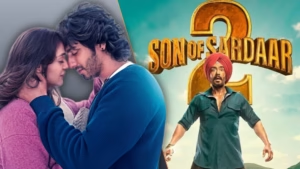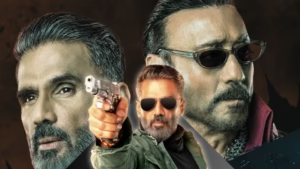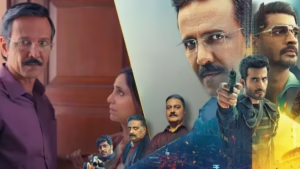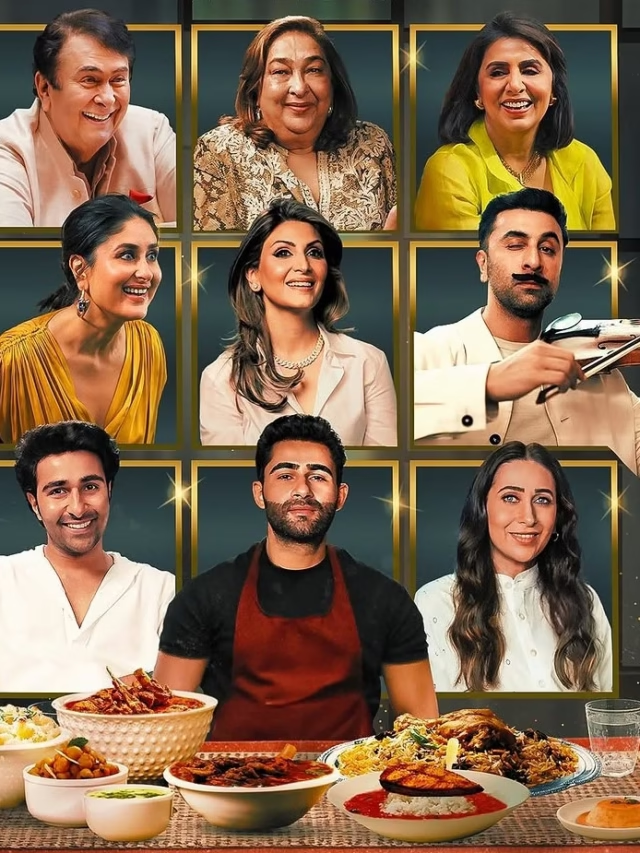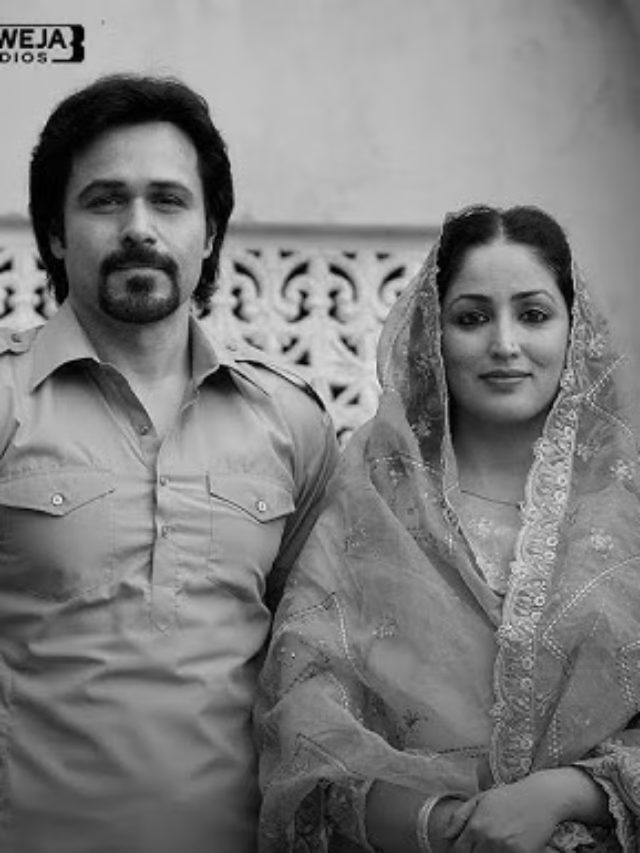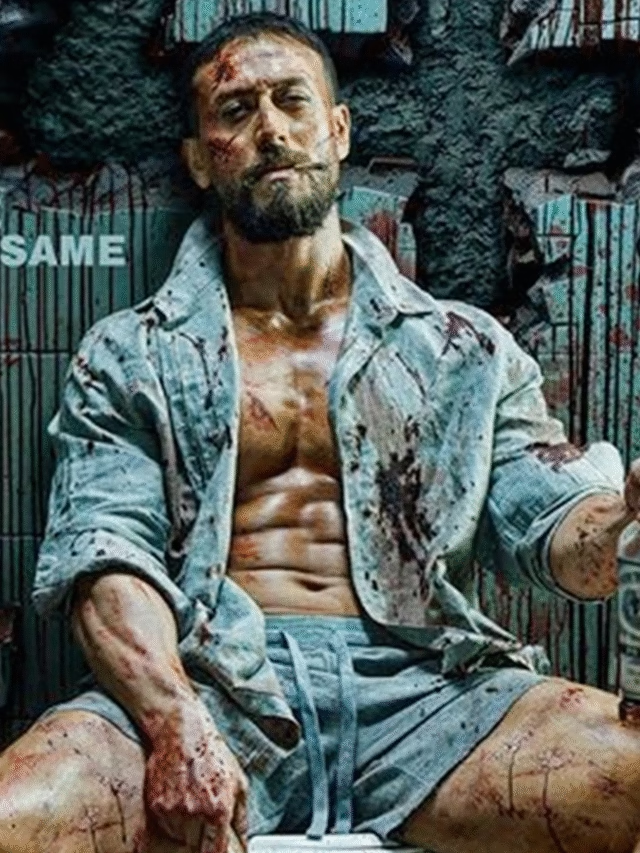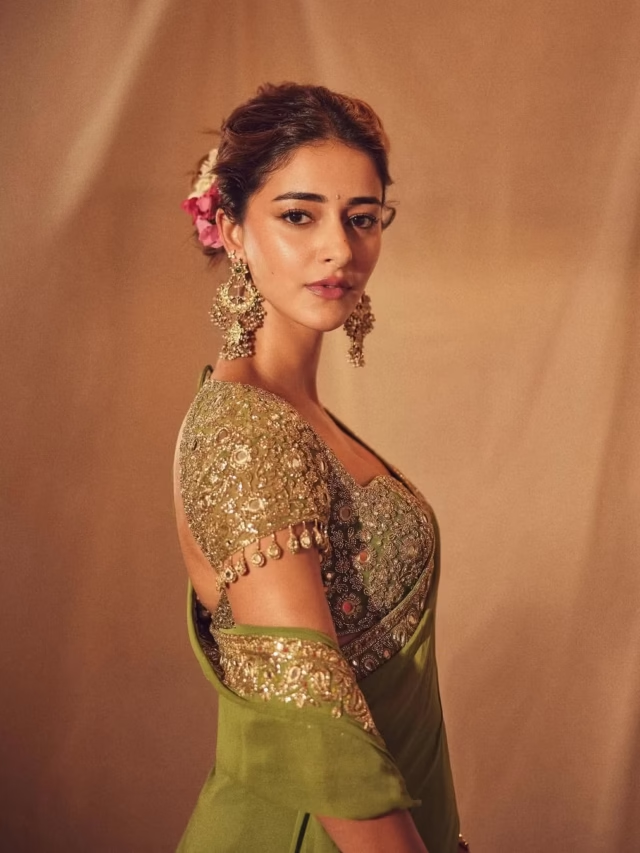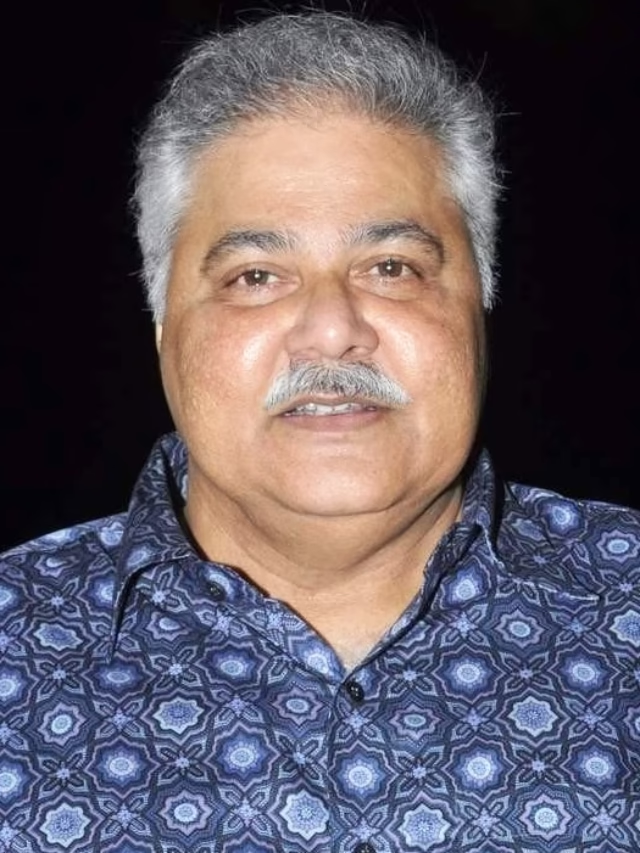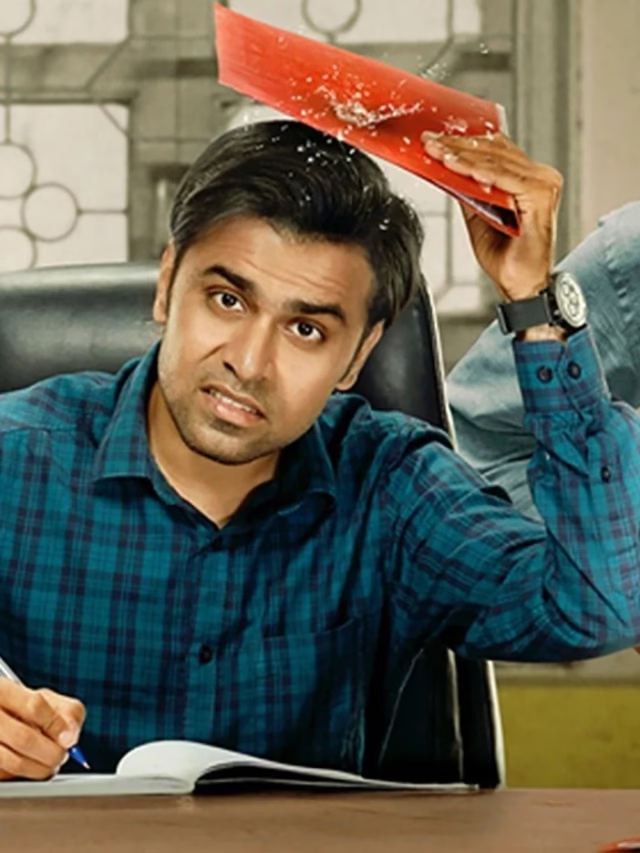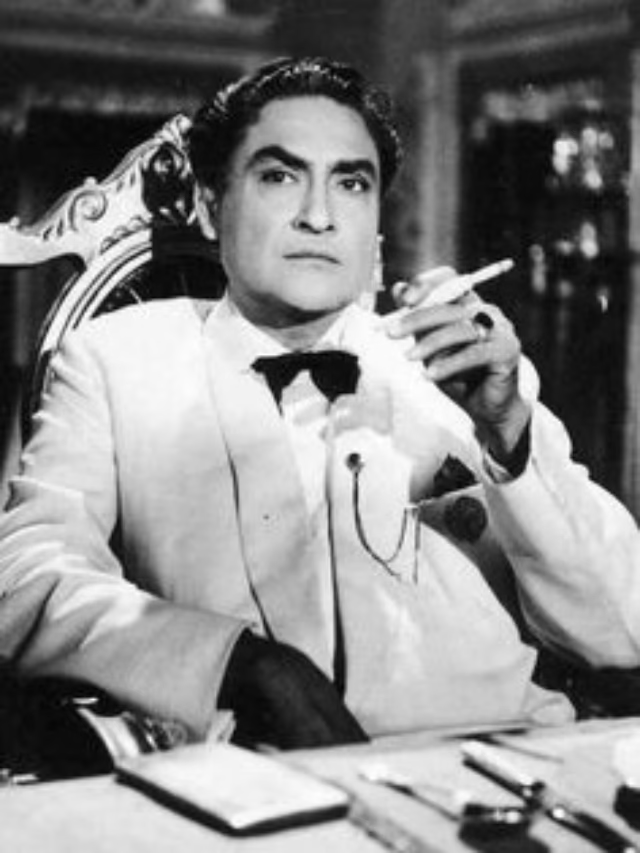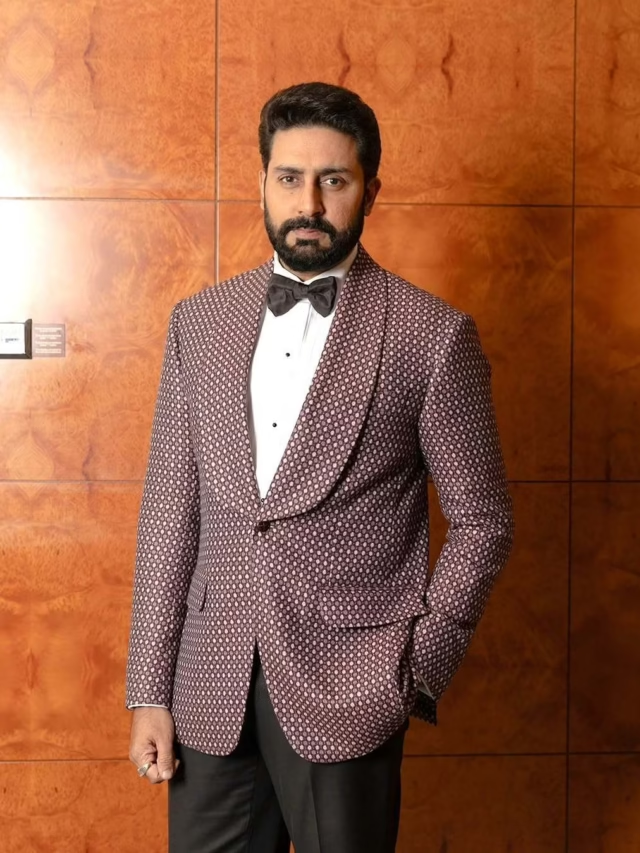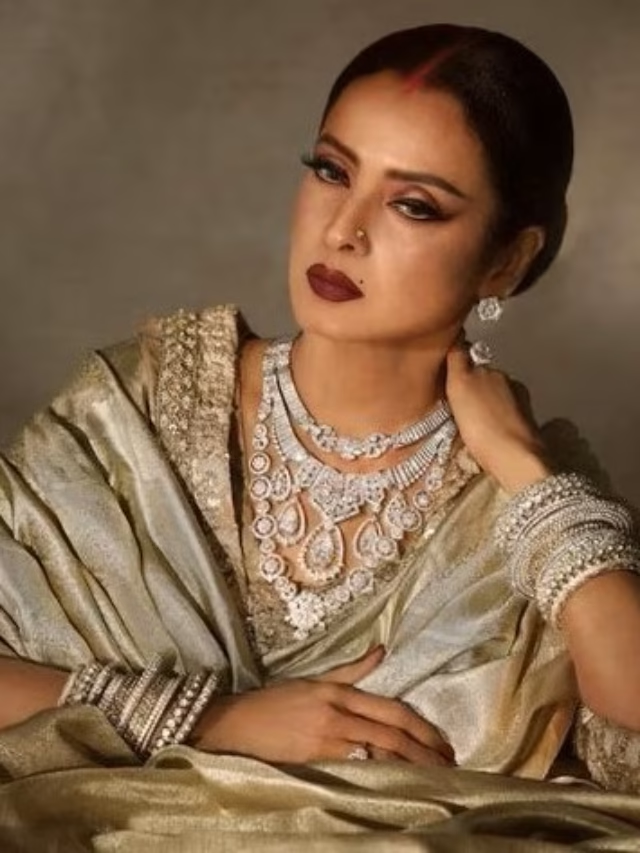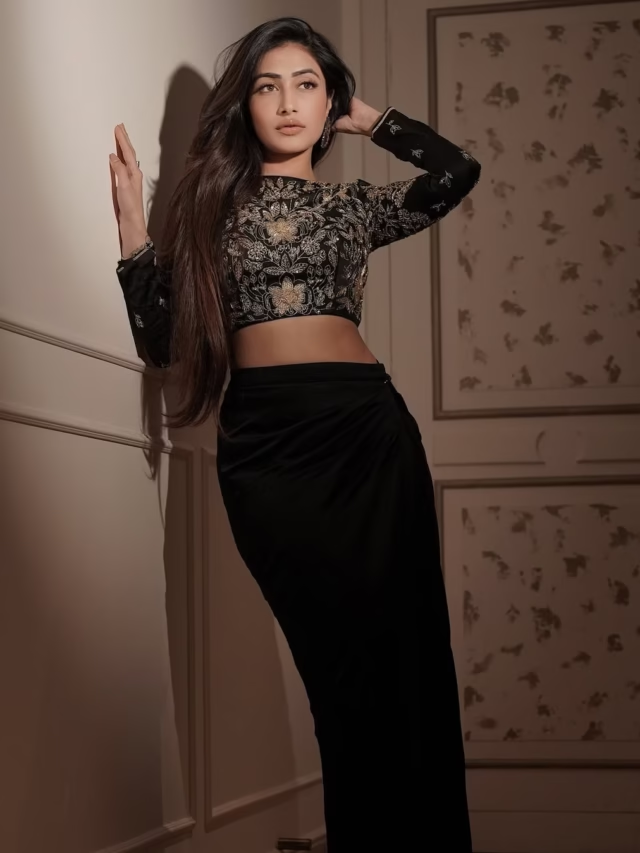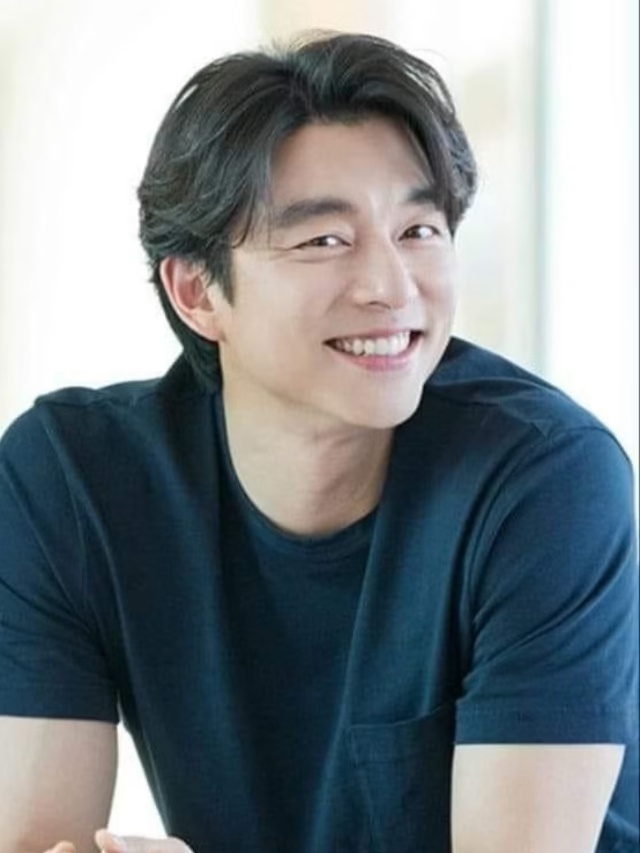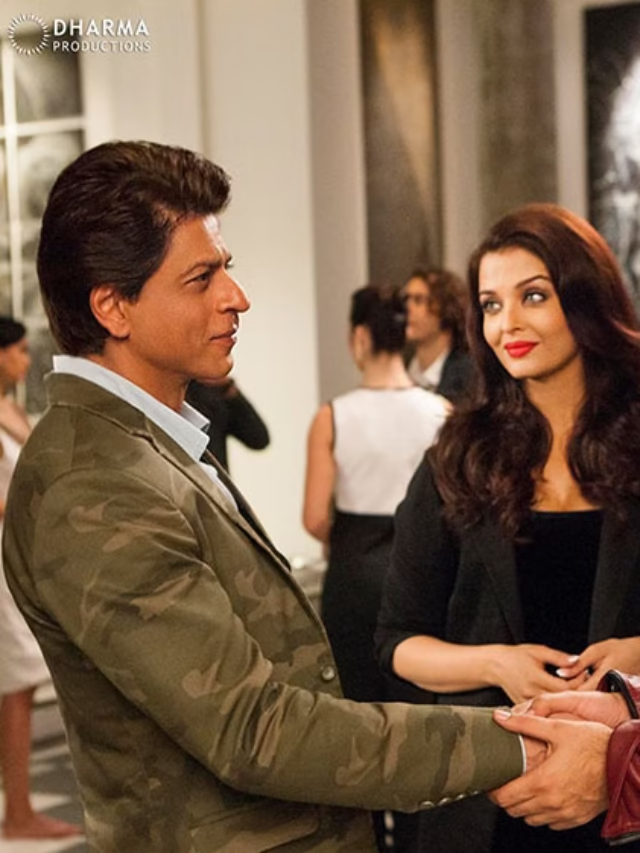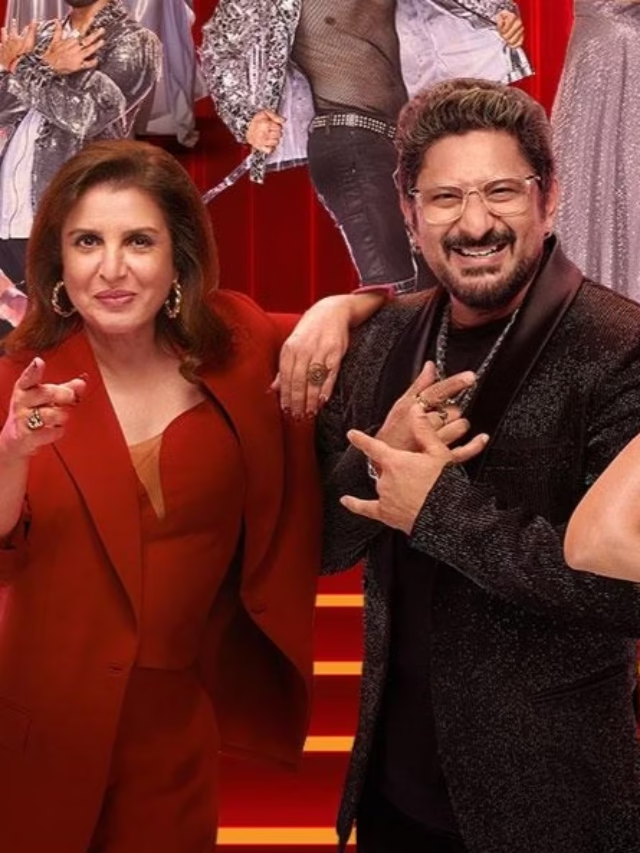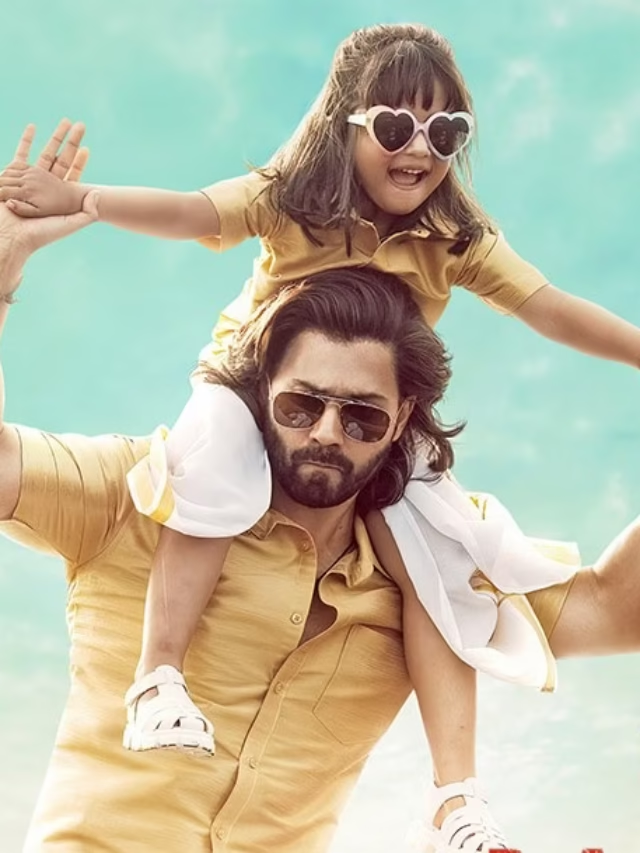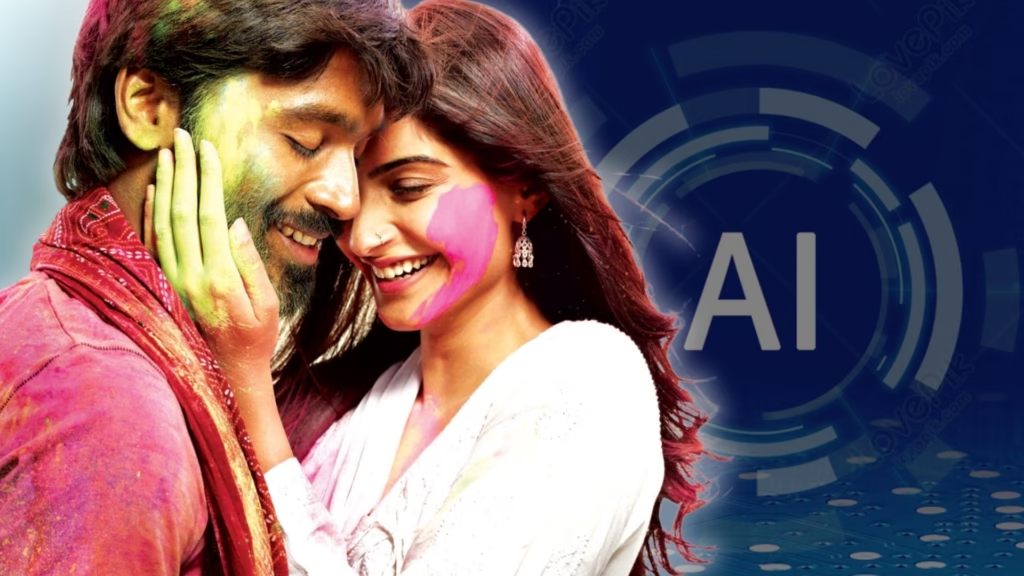
The Spark: A New Ending, An Old Wound Reopened
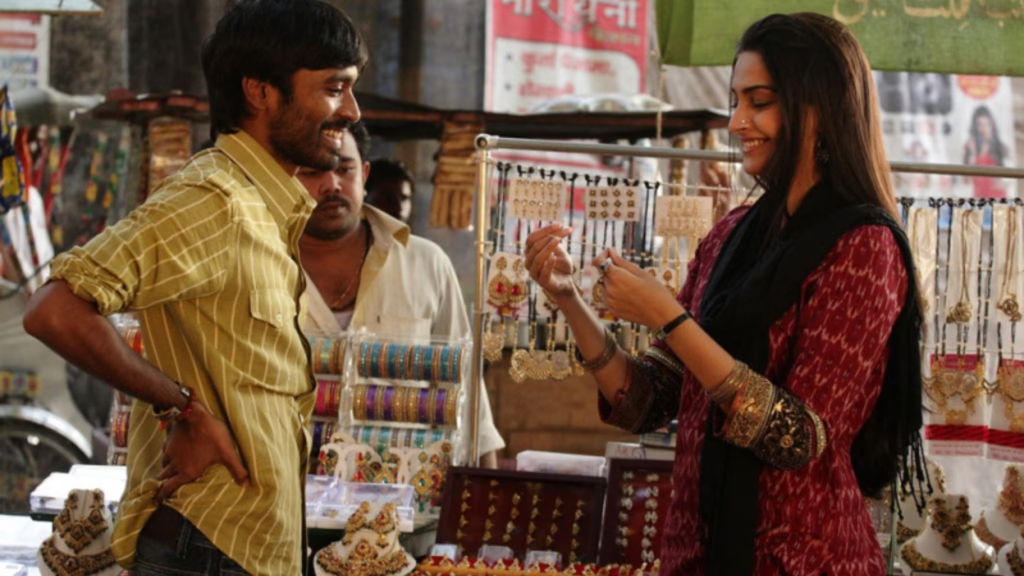
The Director's Sorrow: "Heartbroken" and Disassociating
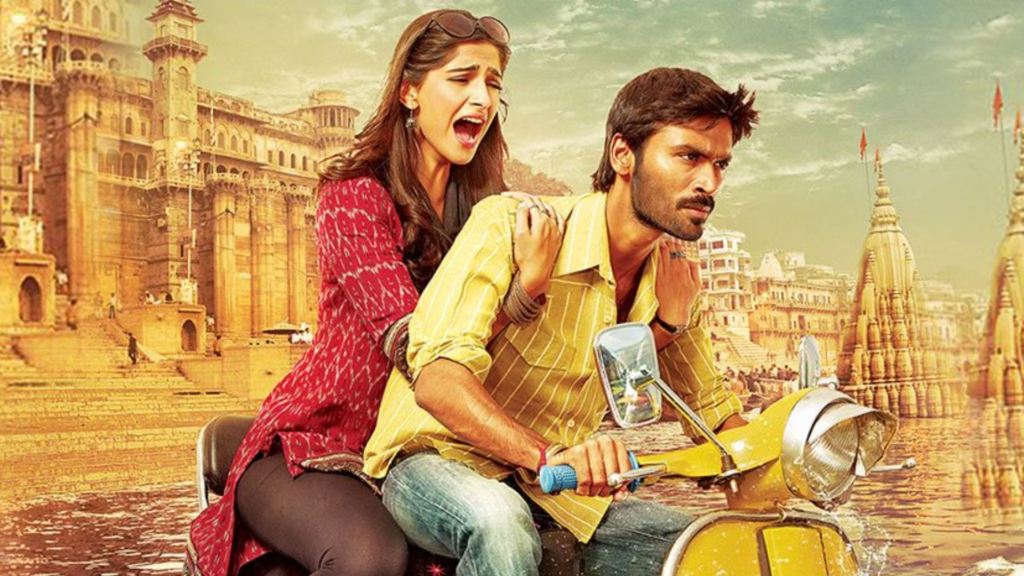
Eros Strikes Back: "Creative Reimagining" and Legal Rights
The Industry Responds: Support for the Director, Alarms Over AI
Beyond Raanjhanaa: The Pandora's Box of AI in Film Heritage
The Raanjhanaa re-release row is much more than the changed ending of a single movie. It uncovers a tangled Pandora’s box of moral, legal, and artistic concerns which the entire film industry needs to address:
- Who Really Owns a Film’s Legacy? Although copyright law firmly places the rights with the producer, does artistic and moral authority lie there too? To what extent does the director’s initial vision count, particularly for films renowned for their particular narrative choices?
- The Morality of Alteration: Under what circumstances is it acceptable to drastically alter a finished work of art years since its release? Does calling something an “alternate version” remove the ethical issue, particularly if the original artist objects vehemently?
- The Slippery Slope of AI: If AI is rewriting endings already, why can’t it change performances, dialogue, or even the whole plot tomorrow? Does this open the door to studios continuously “optimizing” classics according to so-called modern tastes or market pressures and thereby deleting their original character?
- Consultation and Consent: What does constructive consultation entail? Does notification of a director suffice, or must their express consent be required for major changes, particularly those involving new technologies such as AI?
- The Shadow of “Dystopian Experiment”:As Anil Sharma suggested, does the Raanjhanaa re-release controversy portend an era where human creators are bypassed by algorithms that can create or alter content at will? What becomes of the one-of-a-kind flaws and human touch that so characterize cherished art?
The Essence of the Issue: Soul vs. Algorithm?
The Unanswered Question: What Do the Fans Want?
Finding the Way Forward: Can Tech and Art Live Harmoniously?
Transparency is Paramount: Any alteration, particularly via AI, should be transparently and unequivocally labeled as an “alternate version” from the beginning.
Significant Collaboration: Producers would do well to involve directors and major creatives in consultations over major changes, where consent should be obtained wherever practicable and viable. Their creative vision is irreplaceable.
Honoring Original Intent: Though “reimaginings” are intriguing, they shouldn’t essentially invalidate or contradict the fundamental themes and emotional intent of the original material without compelling reason and explicit communication.
Setting Boundaries: The sector requires constant discussion to draft guidelines for the proper use of AI in transforming films that already exist, with innovation weighed against respect for art heritage.
